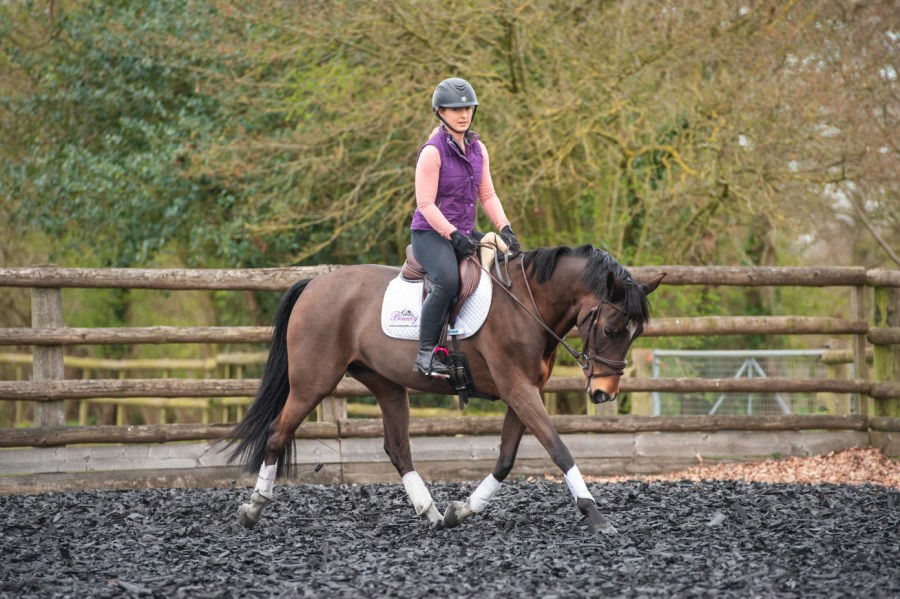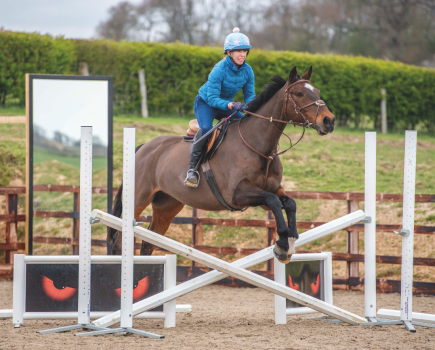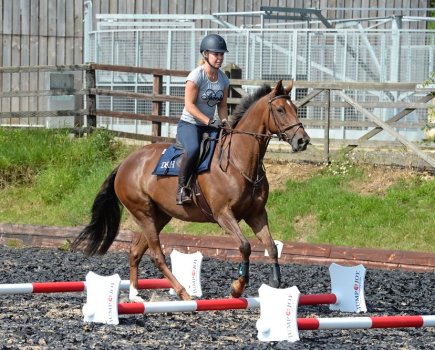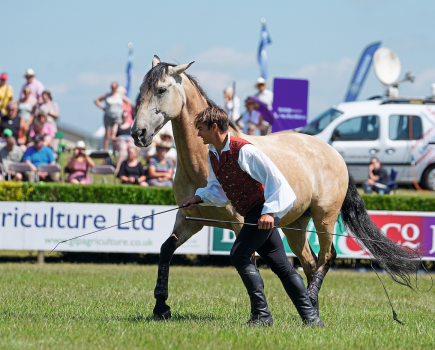Your horse needs to be relaxed and soft when you ask him to stretch, which can be tricky during a dressage test if you are full of nerves. Dressage judge and trainer Alex Gingell tells us how you can perfect stretching on a 20m circle while in working trot. Whether you compete in dressage or not, practising movements like this will help you achieve a horse who is more rideable, responsive to the aids and generally a more enjoyable ride, so it’s worth making it a regular part of your training.
What does the judge want to see?
“The judge wants to see your horse’s neck stretching out and down, with his head lowering considerably, but still vertical or just in front,” explains Alex. “His hocks should swing freely, and there should be a feeling of softness and looseness. If there’s no lowering or stretching of the neck then it’s insufficient, so a four is likely the highest mark you’ll get. Remember most horses like a good stretch, so there’s no reason if it’s ridden correctly not to receive an eight or nine.”
How can I perfect this movement?
- Practise stretching at home. It’s a great calming and loosening exercise as it encourages your horse to soften and swing through his back. It’s also a great end to your schooling session as a reward and part of your cool down.
- As you begin the movement, slowly allow the reins to slip through your hands as your leg encourages your horse to search for the contact.
- Try riding a little higher and sitting a little softer to really encourage him to relax and soften.
- Sit upright, staying in balance and in time with the movement of your horse.
- The arch in his neck should straighten out as he lowers his head. Otherwise, he’s likely to be behind the vertical, which inhibits the looseness and flow of the movement.
What doesn’t the judge want to see?
Doing any of the following will cost you vital marks:
- Not showing any or enough stretch
- Losing the contact
- Your horse hollowing and resisting
- Varying tempo and inconsistent outline
- Riding an odd circle shape
- Losing impulsion and engagement in the trot
- Losing rhythm and balance in the trot
Remember, practice makes perfect! Work on this home regularly in order to improve it. It doesn’t always have to be done in an arena either. Try when you’re hacking or riding in a field, for example, providing it is safe to do so.
Meet the expert: Alex Gingell is a British Dressage list 4 judge and trainer. He and his wife Jayne founded and run Hack Up, an award-winning bespoke supplement company for horses.
Main image: copyright Lucy Merrell/Kelsey Media Ltd








